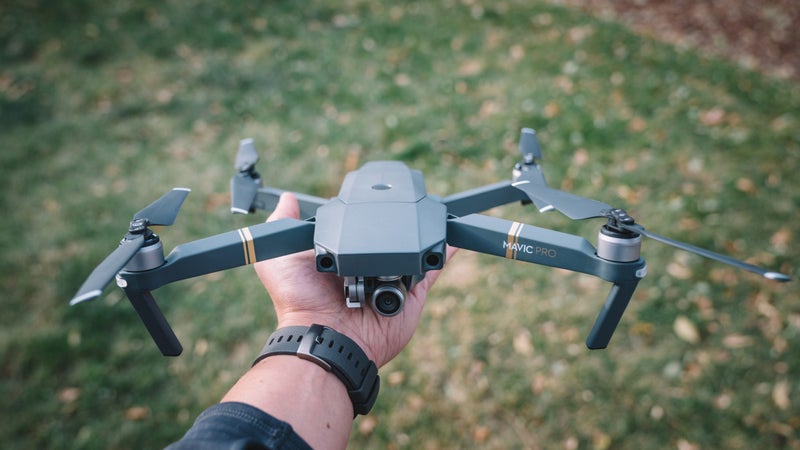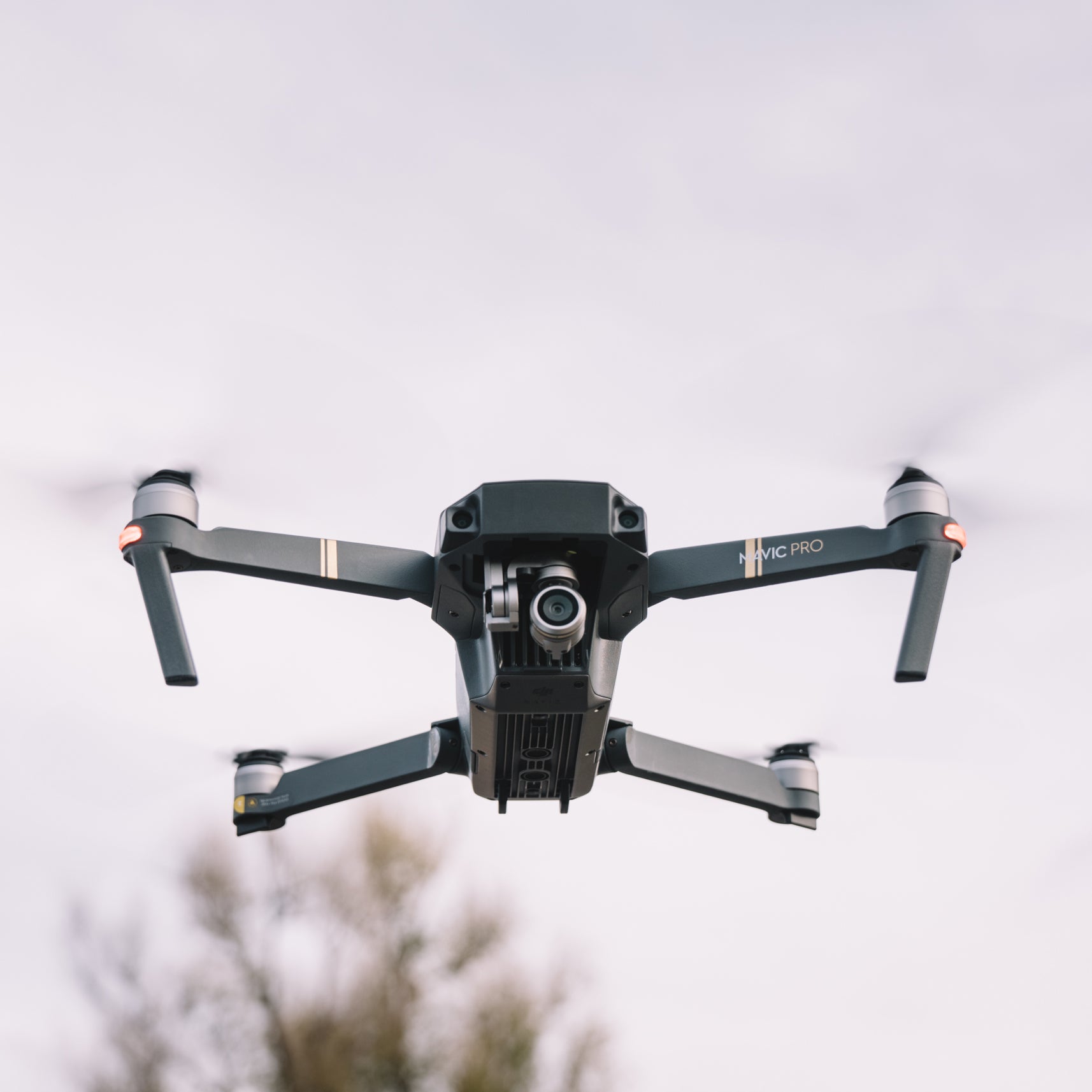Here’s some simplified buying advice for those in search of a : if you want to shoot high-quality footage but don’t want to invest in an , get the new . It costs a semireasonable $1,000, folds down small enough to fit in your coat pocket, produces crisp 4K video, takes 12-megapixel RAW stills, and is super easy to fly.
built the Mavic Pro to address the demand for portability with pro-like specs. Its packable design allows the rotors and prop arms to fold back into the body, leaving you with a clean, hoagie-size brick.
, the Mavic Pro has a range of more than four miles—significantly longer than any drone in this class—and new technology to avoid obstacles. Using a collection of built-in cameras and ultrasonic radar-like sensors, the Mavic creates what amounts to a 3D rendering of its environment, allowing it to stop in front of or move around any obstacles it encounters.

DJI drones have always been good at hovering and holding position, and the Mavic is no exception. The drone uses an obstacle-avoidance system and satellite communication to stay in the same place, indoors or out. This makes it much easier to lock the frame for a mountain biker to rip through or capture a super-sharp landscape shot.
New features also include a tracking mode that will keep your subject in the frame for follow shots (there’s no need for the subject to have a transmitter or GPS bracelet, like other drones) and something called Gesture Mode, which triggers the camera to take a picture when you wave at it from the ground. You can set a flight path with a simple tap on the app’s map. Just tell the drone where to go, and it will fly itself to that location, leaving you to focus on the camera controls.


